Secondary Revision Rhinoplasty - Secondary Nose
The problems derived from a rhinoplasty are called as a whole "Secondary Nose" and surgery is called Secondary Revision Rhinoplasty. There are two fundamental problems that can occur after a primary rhinoplasty: functional pathology, ie alteration of nasal ventilation and aesthetic problems.
What are the aesthetic problems that are most observed?
There are defined patterns of secondary rhinoplasty that are known and can be studied separately.
Closed rhinoplasty of the resective type
The most important group of cases is the one of operated with closed rhinoplasty of resective type. It consists of resecting cartilage and nasal bones in order to shrink, narrow and reduce the overall size of the nose.
This type of surgery was very popular in the 80s and 90s in South America, especially in Argentina and Brazil. It has never achieved great acceptance in Europe or the United States.
Even today many doctors with high experience in these techniques or their disciples perform this type of surgery, so the age range of secondary rhinoplasty of this type is very broad and covers patients between 18 and 55 years.
The most common defects found are the following:
- Exaggerated resection of the bony dorsum
- Nasal Feminization in Man
- Open roof syndrome
- Osteotomies asymmetries
- Narrow mid third nasal
- Irregularity of the back
- Asymmetric tip
- Nasal valve synechiae
- Insufficiency and retraction alar
- Columela Pendant
- Asymmetric domes with loss of address
- Hyperrotation of the nasal tip ("appearance of pig holes")
Details on the nasal back
The third group that usually requires a secondary rhinoplasty is the one that corresponds to patients with thin skin and who present details on the nasal dorsum and who require treatments of pairing or fattening of the skin.
Complex rhinoplasties
The last group belongs to patients who were candidates for a complex rhinoplasty, who have greatly improved their appearance but who after a while wish to improve even more the same initial problems but have not been fully resolved.
Patients with a twisted nose, columeral deviations, asymmetry of the alar base view, and all facial asymmetries in general are clear examples.
|

